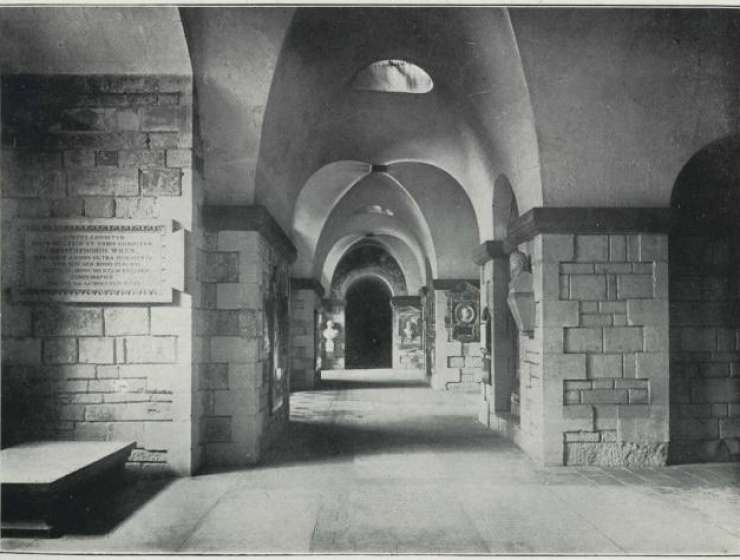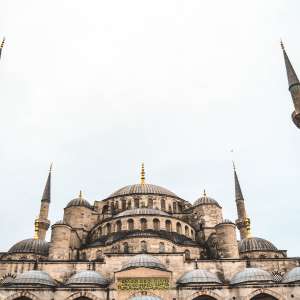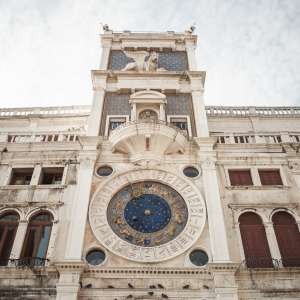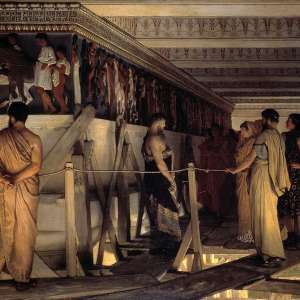
Every interaction with the past involves an alteration. 1 We transform and translate historical images, ideas, and artifacts, their material elements, contexts, and meanings, into ones we can understand and use in our own time. Yet some translations are more radically transformative than others.
So it is with the practice of structural relocation. Buildings are not usually conceived as portable, so what happens when one is transferred from its original setting to one its builders never imagined? Numerous historically significant structures, from Abu Simbel and the Temple of Dendur to London Bridge and Newark International’s Building 51, have been relocated. Such moves may carry benefits — rescue from demolition or decay, heightened accessibility, availability to new audiences, reuse of limited resources — but they also raise questions of aesthetic and material integrity, historical authenticity and meaning, and the value of historical and environmental context.










































